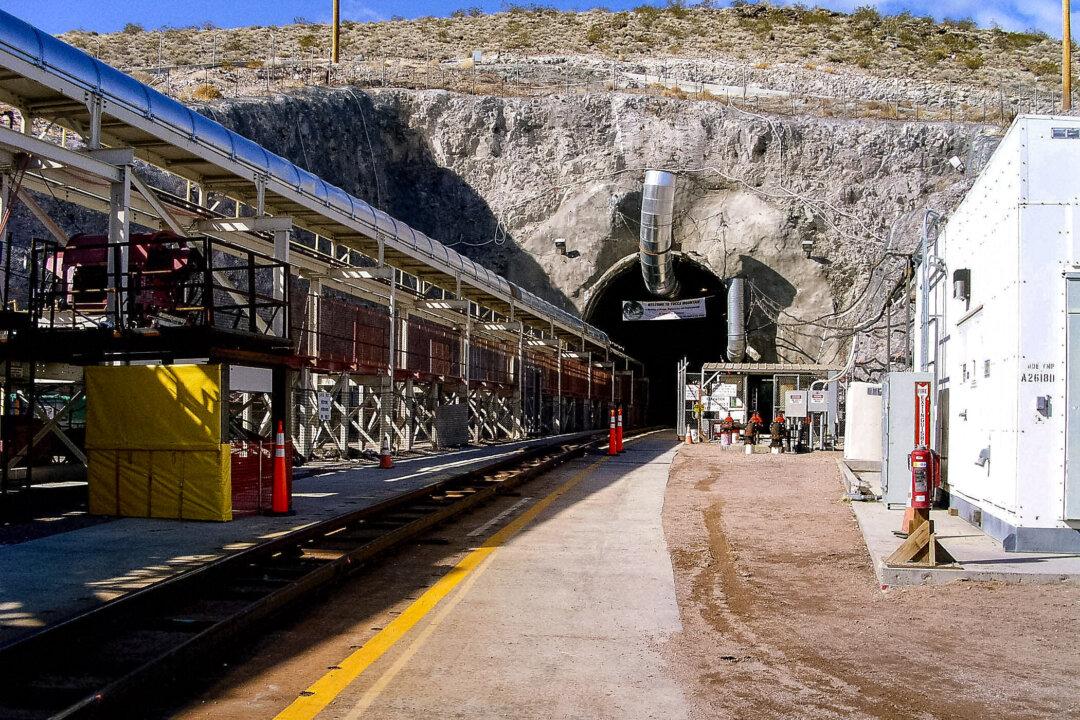The United States still has no plan for permanently storing more than 94,000 tons of highly radioactive spent nuclear waste produced by nuclear power plants, despite a 1998 deadline that required the federal Department of Energy (DOE) to have a facility available to accept the waste.
House members of the Subcommittee on Energy, Climate, and Grid Security rehashed the costly problem in a hearing this week, finding bipartisan agreement that the problem must be solved, but they did not define any real solutions.





